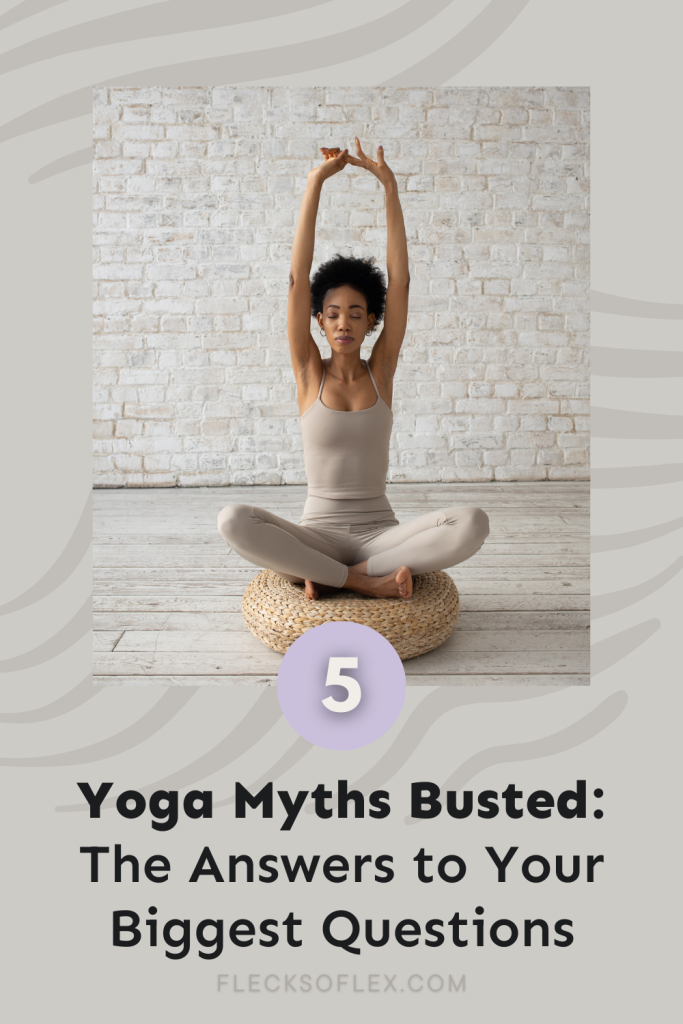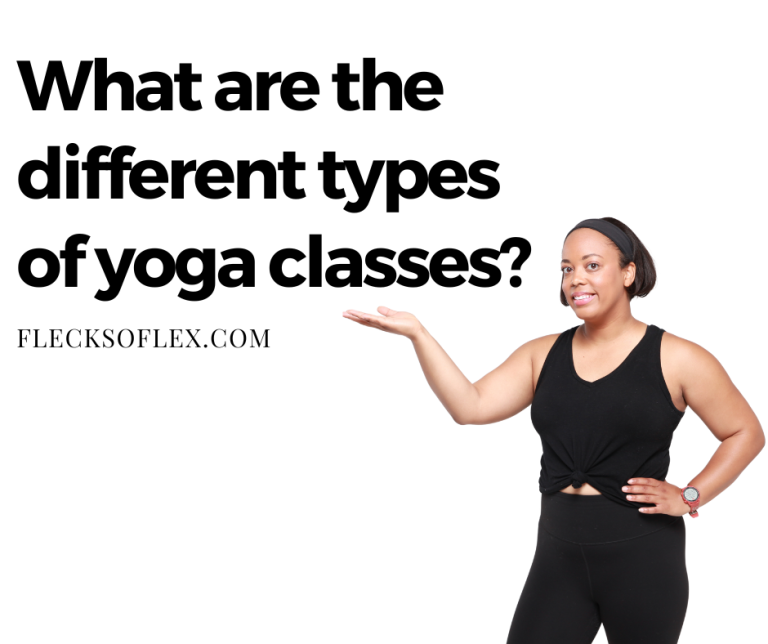5 Yoga Myths Busted: The Answers to Your Biggest Questions
If you’ve ever considered trying yoga but felt that you weren’t “yoga enough,” this myth-busting post is for you. As a 500-hour Registered Yoga Teacher, I have seen firsthand how common misconceptions prevent people from stepping onto the mat and discovering this beautiful practice for themselves. I am passionate about teaching all ages, genders, and abilities, and believe that yoga truly is for every body, and I hope that this post makes it clear why.
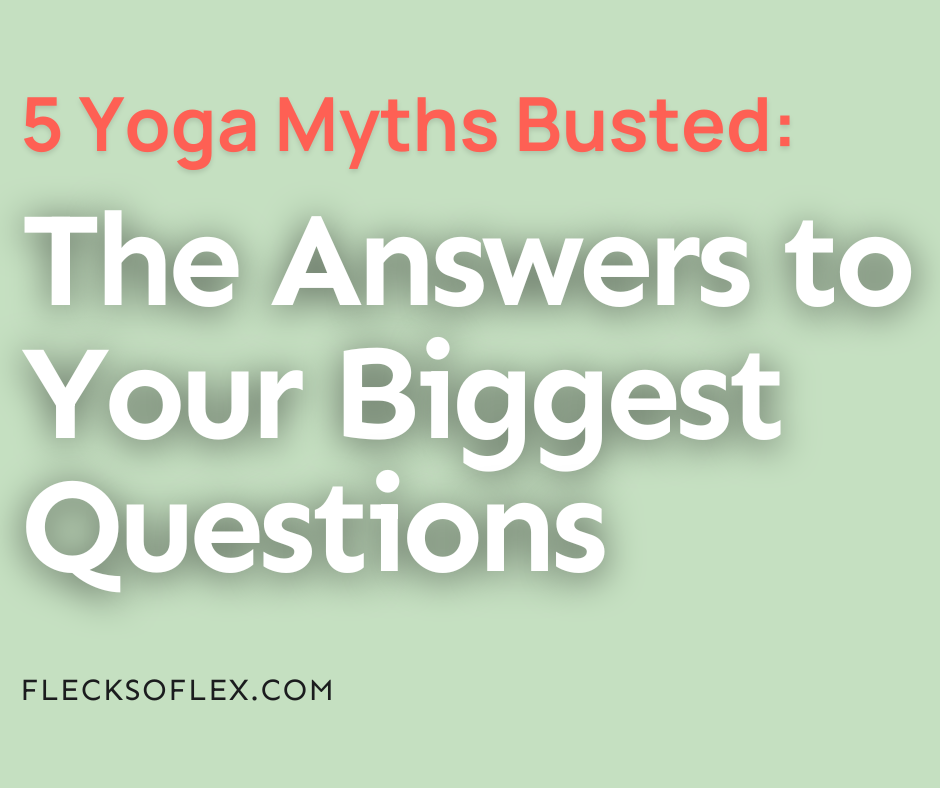
Yoga Myth #1: Do You Have to Be Flexible to Do Yoga?
A lack of flexibility is, without a doubt, the number one reason people tell me they hesitate to try yoga. You see images online of yogis tying themselves into pretzels and instantly assume you can’t participate unless you can do the same.
The truth is, flexibility can be the result of yoga practice, not a prerequisite (and I’m not just speaking literally here about the physical practice). Everyone starts somewhere, and many have to continue with a dedicated yoga practice to maintain this flexibility. Hence, it is referred to as yoga practice.
Yoga is about meeting your body and mind where they are today, in this moment. By consistently showing up to your yoga practice and doing the work, you may find that you’re able to gradually improve your range of motion and flexibility. Grant yourself grace! The real focus of a yoga practice isn’t about how deep you can get into a pose.
“The central focus of yoga is not the soul and not the body — it is the mind.” – Pandit Rajmani Tigunait
As your yoga teacher, my job is to help support you in a practice that works for your body, not to force you into a position or tell you how you should feel. When we take a step back and look at the practice of yoga holistically, we can see how the 8 limbs of yoga help us find flexibility physically and mentally.
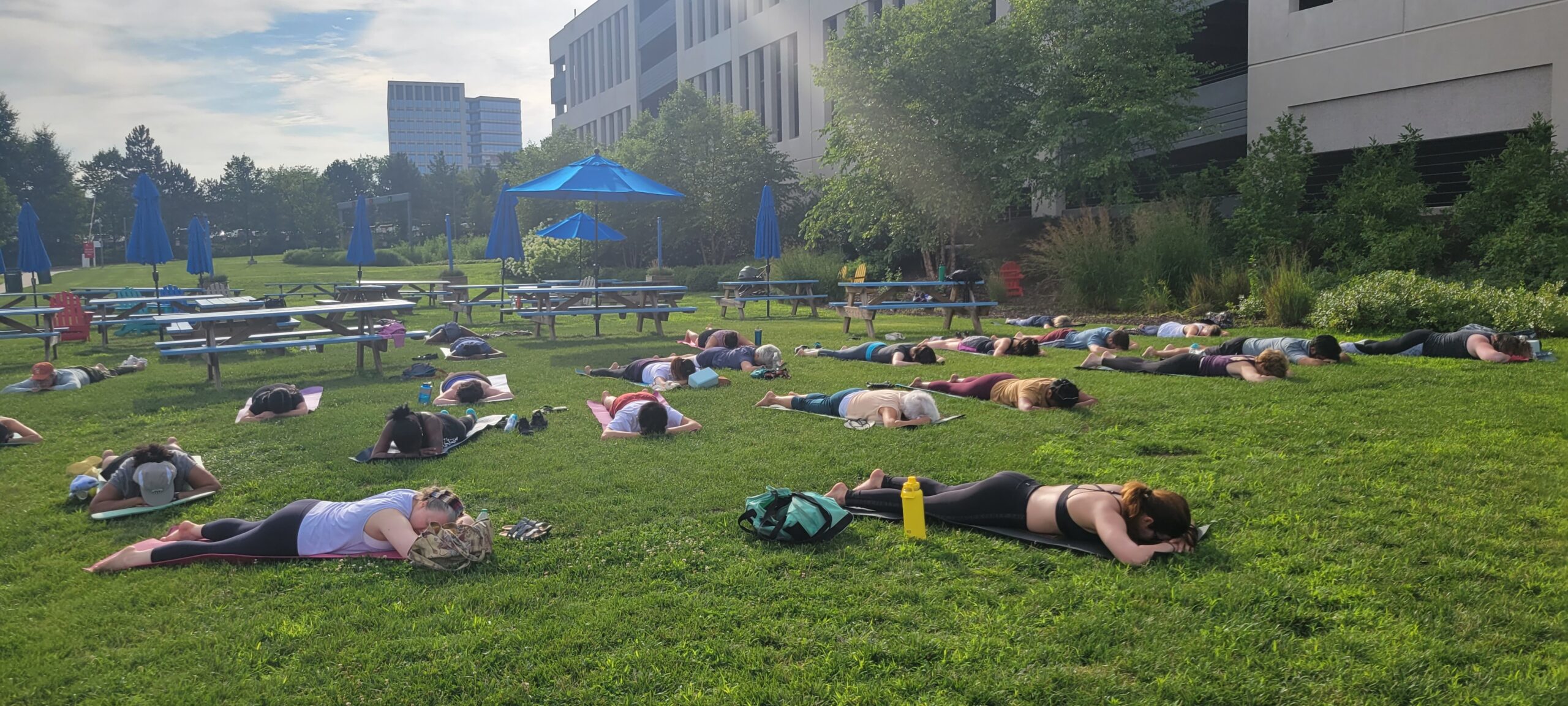
Yoga Myth #2: Is There Only One Style of Yoga?
Most people’s exposure to yoga is through Vinyasa flow classes (think lots of Downward Facing Dog, sun salutations, etc.), so it’s easy to assume that’s the only style of yoga there is. I will often receive the question, “Is this a regular yoga class?” and they usually mean a Vinyasa class, because that’s what’s usually offered in community settings, and that’s what you typically see depicted in the media.
Yoga is incredibly diverse, with a wide range of styles to suit every personality and goal. Just like there are different types of workouts—from running to lifting—there are many different kinds of yoga.
For example, there’s Hatha, which can focus on form and often has you hold poses for a longer period of time; Yin, a slower practice where you hold passive poses for several minutes to target your connective tissues; restorative yoga uses props like blankets and bolsters to support your body through passive stretching and meditation; power yoga, where you’re sometimes incorporating more athletic poses and movement, even utilizing weights sometimes; while Yoga Nidra is a powerful guided meditation often called “conscious yogic sleep.” There are many different types, and various studios and fitness clubs offer their own unique class styles.
To find the perfect style for you, be sure to check out my complete guide to different types of yoga classes to help you pick a type that suits your needs.
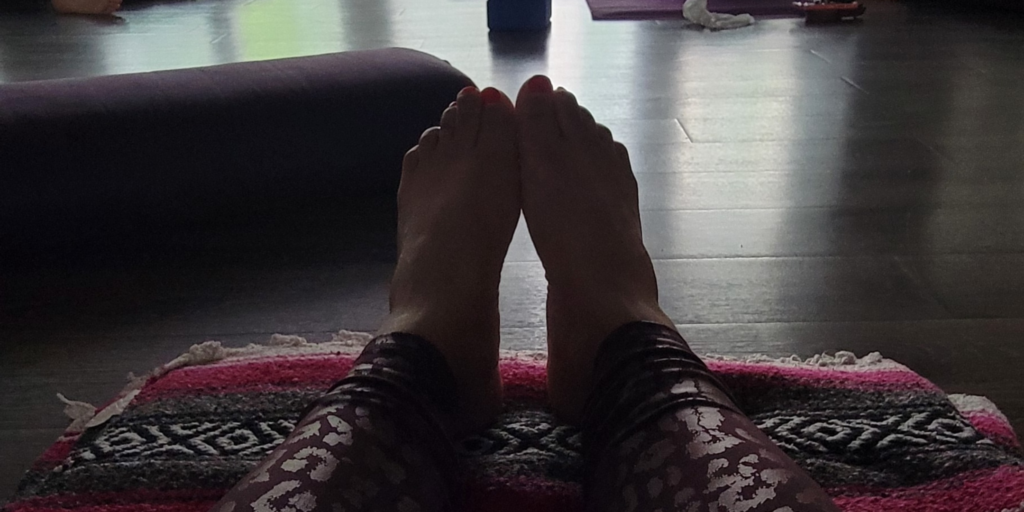
Yoga Myth #3: I’m “Too Type A,” or “I’m Too Slow,” for Yoga
I live in the D.C. Metro Area, and I teach many classes at fitness clubs, so I often meet people who are hard-working, ambitious, and accustomed to fast-paced workouts. They tell me, “I can’t do restorative yoga; I need a challenge!” The reality is that if you are a Type A personality, you might need a slower practice.
While a sweaty power yoga class can feel satisfying, a restorative or Yin practice offers something different: the opportunity to slow down, be present, and give your body and mind the chance to truly rest. When you push yourself constantly, you are building stress. Gentle and yin yoga practices help you manage that stress, calm your nervous system, and find more balance overall. Incorporating more yin styles into your yoga practice is not about being too weak to practice something more physically demanding; it’s about being smart with your energy and finding balance in your life.
I also hear from many people who are intimidated by the fast pace of yoga classes offered in their communities. They worry they won’t be able to follow along or that they will feel lost. If this sounds familiar, a slower-paced class like a gentle flow or yin may be perfect for you. These styles focus on slower movement and mindful transitions, giving you plenty of time to get comfortable in each pose and learn the practice without feeling rushed. You’ll build strength and focus while moving at a pace that feels right for your body.
Yoga Myth #4: Is Yoga a Religion?
Some of the negative things I read people say about yoga are very concerning, particularly that it’s “demonic” or inviting in some type of evil when you…[checks notes] release tension in your hips?
No, yoga is not a religion.
While yoga is a philosophy and/or lifestyle with roots in ancient India, it is not specifically tied to any specific deity or religious dogma. The practice is open to people of all faiths or no faith at all.
Many of its principles, like mindfulness, compassion, and living with integrity, are universal and can be applied to any belief system. In a yoga class focused on asanas (poses), you may hear references to Sanskrit words, but these are simply the names of the poses and concepts. You are not required to believe in anything other than the benefit of moving your body and connecting with your breath.
If you ever feel uncomfortable, it’s okay to leave! It’s also okay to express your concerns to the studio manager or the instructor. This in itself can be part of your yoga practice: Speaking up for yourself and honoring your needs.
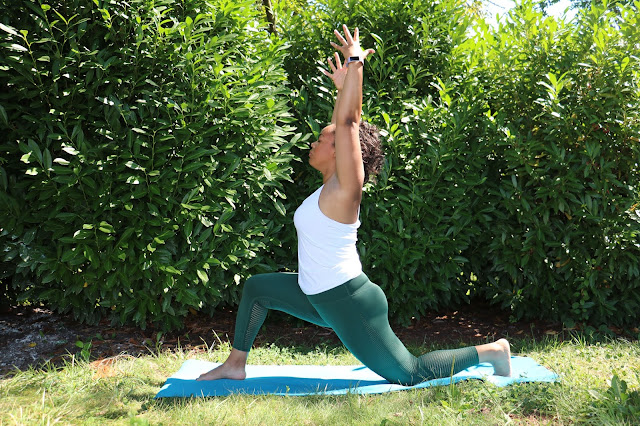
Yoga Myth #5: Is Yoga Only for Young People?
When you scroll through social media, it’s easy to think that yoga is reserved for young, thin, super-flexible people with disposable income. But the truth is, yoga is a lifelong practice, and it offers incredible benefits at every stage of life. Regardless of gender, age, race/ethnicity, income, or physical ability, yoga is for everyone. Please don’t let anyone tell you otherwise!
For older adults, yoga is proven to improve balance, increase bone density, and maintain joint health. Many classes can be modified with a chair or props to ensure the practice is safe and effective.
As a teacher, I love working with students of all ages and seeing them discover that yoga is accessible, no matter their age.
Your yoga journey doesn’t have to look like a perfectly-staged Instagram photo. It can look like a gentle stretch in the morning or a quiet meditation before bed. It can be going on a hike without listening to music, or volunteering at a local food pantry.
Conclusion
So, now that you have read through my responses to the common myths I hear that hold people back from practicing yoga, what do you think? Are you willing to give yoga another chance?
If you’re interested in taking a class with me away from the screen, I currently teach restorative yoga, gentle flow, and vinyasa flow classes weekly:
- 1st Tuesday of the month at 7:00 pm – Restorative Yoga at ExtendYoga
- 2nd Tuesday of the month at 6:00 pm – Vinyasa Flow at Rockville Memorial Library
- Wednesdays at 7:15 pm – Vinyasa Flow Onelife Fort Totten
- Fridays at 5:30 pm – Restorative Yoga at Onelife Pike&Rose
- Saturdays at 10:15 pm- Gentle Flow at Onelife Rockville
If online classes are more your speed, I have full classes on my YouTube channel.
